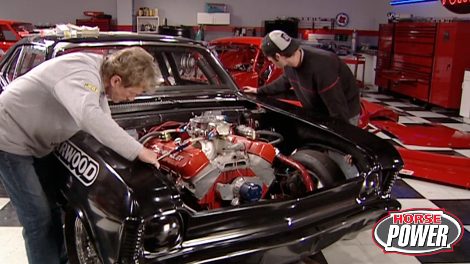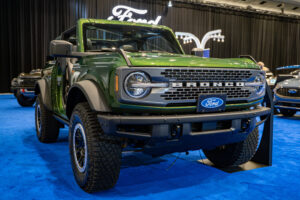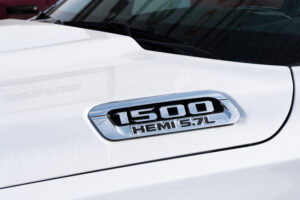
Nova Track Test
We enhance our classic Super Nova, improving its race legality and shedding unwanted weight. We've lightened the vehicle and reinforced it with new internal tin work, fiberglass doors, and a sleek front end, preparing it for its next race adventure.
Season 9
Episode 16






























